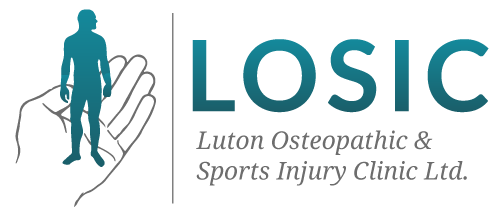With more of us working from home or spending long hours at the office, desk posture has never been more important. Sitting for extended periods or standing incorrectly can lead to a host of issues—back pain, neck tension, sore wrists, and even headaches. But don’t worry! A few adjustments can make a big difference, and we’re here to help you get there.
Common Problems Office Workers Face
Sitting for long periods or working in awkward positions can lead to:
- Lower back pain – Poor posture or slumping in your chair can cause strain on your lower back.
- Neck and shoulder tension – Staring at a screen all day, especially if your monitor is too low, can cause tightness in your upper body.
- Wrist pain – Typing for hours without wrist support can lead to discomfort and even conditions like carpal tunnel syndrome.
- Eye strain and headaches – Blue light from screens, combined with poor lighting, can leave you with sore eyes and headaches by the end of the day.
How to Maintain Good Posture
Let’s look at a few simple ways to keep your posture in check:
1. Get Your Monitor at the Right Height
Make sure your monitor is at eye level. If it’s too low, you’ll end up hunched over, which isn’t great for your neck and back. Stack it on books, or use a monitor stand to bring it up to a comfortable height. Your screen should be about an arm’s length away from you.
2. Support Your Wrists
Your wrists should be in a neutral position while typing—this means they aren’t bent up or down. Consider using a wrist rest to give your hands some extra support and avoid straining those muscles.
3. Consider Blue Light Glasses
If you’re working in front of a screen all day, blue light glasses can help reduce eye strain and headaches. They block out the harsh blue light emitted by digital screens, so your eyes don’t feel quite so tired after hours of work.
4. Stand Up for Better Posture
Standing desks are all the rage these days, and for good reason! Standing while working can help reduce back pain and improve circulation. But don’t forget—standing incorrectly can also cause issues, so consider using an anti-fatigue mat to stand on. These mats are designed to cushion your feet and encourage proper posture while standing.
5. Take Regular Breaks
Sitting or standing in one spot for too long is a no-no. Get up every 30-60 minutes, stretch a little, or walk around. Even a quick stretch at your desk can do wonders for your posture and help prevent stiffness.
Stretches You Can Do at Your Desk
Here are some easy stretches you can do without even leaving your chair:
- Neck Stretches – Gently tilt your head side to side to release tension.
- Shoulder Rolls – Roll your shoulders forward and backward to loosen them up.
- Seated Twist – Sit tall and twist your upper body to one side, holding onto your chair, then switch sides.
- Wrist Stretches – Extend your arms in front of you, palms up, and gently pull back on your fingers to stretch your wrists.
Need Help? LOSIC Has Got Your Back (Literally!)
If you’re experiencing any postural issues or discomfort, don’t hesitate to get in touch with us at the Luton Osteopathic and Sports Injury Clinic (LOSIC). We’ll help assess your posture and provide expert treatment to get you back to feeling your best.

